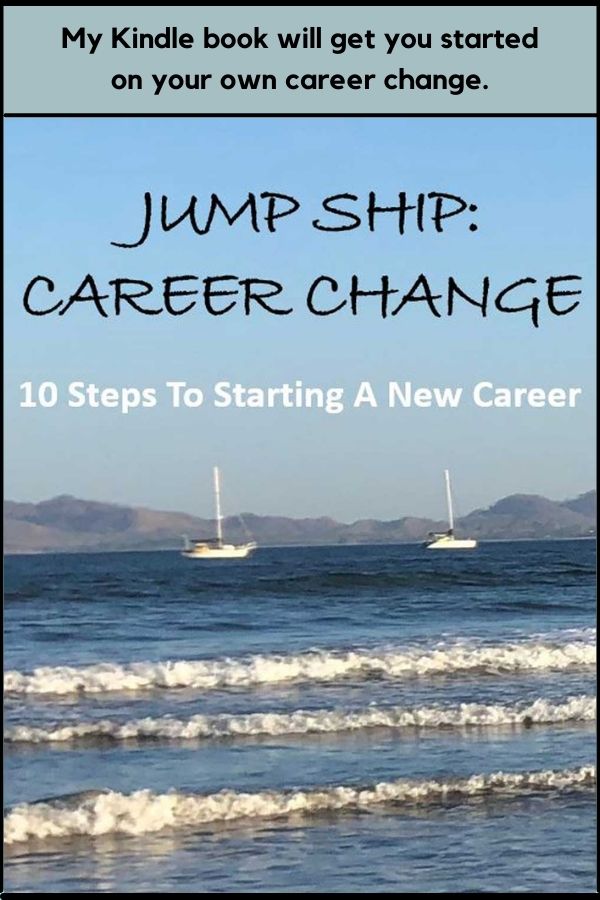Looking to improve your LinkedIn presence? Check out my guide to optimizing your LinkedIn profile for your dream career.
At a recent workshop, I was asked for strategies to decide what LinkedIn invitations to accept. This notion of networking attention as a limited resource inspired my latest post for Forbes on guidelines for deciding how to spend your networking time. I wanted the workshop participant (and would want this for my readers too!) to think more broadly about networking, not just LinkedIn.
That said, LinkedIn is a popular and powerful too for networking, and you will receive invitations to connect. So how do you decide what LinkedIn invitations to accept? Here are four considerations:
There is no one-size-fits-all
Some people are very specific about who they connect with. For example, I know recruiters who only connect with candidates after they have interviewed them. I know professionals who only connect with people they have directly worked with or know well in some other way. On the opposite extreme, there are the LION’s – LinkedIn Open Networkers who accept any and all invitations. I use a criteria in-between that was recommended by Sree Sreenivasan in a lecture he gave on digital media: connect with people you know, should know, or want to know. Pick a philosophy about how tightly or liberally you will define your circle of connections, recognizing that there is a range.
Size of your circle impacts your reach
I do recommend a more liberal over tight philosophy because the number of first connections you have impacts the second and third-degree connections available for you to see. If you have few first-degree connections, then searches you do will draw from a more limited pool (unless you pony up for the multiple thousands of dollars, all-access LinkedIn Recruiter plan). Introductions you can ask for will similarly be limited. If you are looking to move into a specific industry or functional area or are relocating to a new geography, you may want to relax your criteria with unknown contacts in your new targets.
Looking to improve your LinkedIn presence? Check out my guide to optimizing your LinkedIn profile for your dream career.
Tailor your acceptance criteria to your situation
Moving into a new area and therefore more liberally accepting connections related to that new area is one example of tailoring your acceptance criteria. As I am now more active in real estate, recently expanding into Costa Rica, I more liberally accept invitations related to real estate and Costa Rica. I have also altered my criteria to maintain a balance of types of connections. Since my work encompasses various fields, I get invites from people in different industries and types of jobs. I get a lot of invites from coaches, and if I accepted every invite, it would quickly overwhelm my other connections, so I’m more judicious about which coaching invites I accept. I do work in lots of geographies, and the last time I traveled to Southeast Asia, I got inundated with invites from that area, many of which I declined except for people I know. You too should have a balanced network that reflects the type of work that you do, in terms of industry, function and geography.
Define your deal-breakers
In addition to the above three guidelines, I also look at the invitation itself. If there is no note, I am unlikely to accept it unless I instantly recognize the name (e.g., I just met that person in a recent workshop). If it isn’t obvious why the person would invite me (e.g., geography outside my work/ life area), I don’t accept. If the invite is someone who likely wants to sell me something (e.g., vendor to the HR industry), I don’t accept. You need to think of any deal-breakers that would make it easy for you to quickly say No.
However you ultimately decide to manage your LinkedIn invitations, make sure it’s a quick and efficient process. You want to spend your networking time developing deeper connections, not flitting around superficially among lots of new connections.






